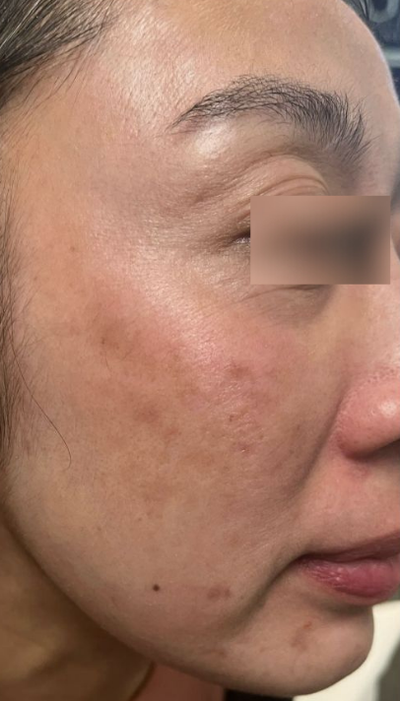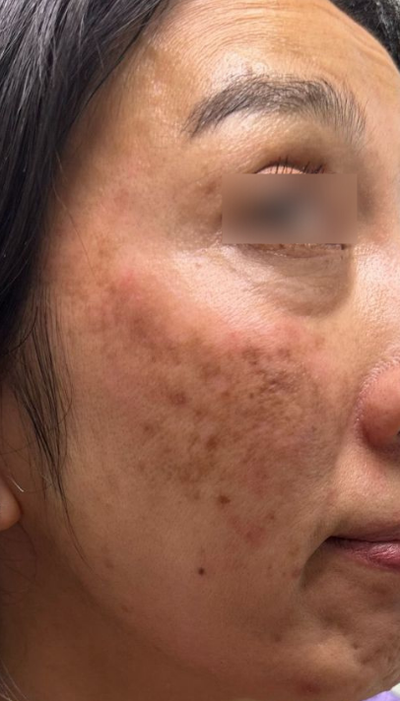

CHEMICAL PEELS
Chemical peels are a time-tested solution for improving skin texture, tone, and clarity without surgery or invasive procedures. At U Aesthetics, we offer medical-grade chemical peels formulated with glycolic acid and trichloroacetic acid (TCA), available in various strengths to match your skin type, goals, and tolerance.
This powerful treatment stimulates skin regeneration by gently removing the damaged outer layer of skin and encouraging fresh, healthy cell turnover beneath the surface.
How Chemical Peels Work
A chemical peel involves applying a specialized solution to the skin that initiates controlled exfoliation. As the outermost layers of skin shed, new collagen production is stimulated, discoloration fades, and skin texture becomes noticeably smoother and more refined.
The result: a healthier, more luminous complexion with fewer imperfections and visible signs of aging.
Types of Peels We Offer
Is a Chemical Peel painful?
Most patients find chemical peels very tolerable. You may feel a mild tingling, warmth, or a slight stinging sensation during application, which subsides quickly. Stronger peels like TCA may feel more intense for a few moments, but discomfort is minimal and temporary.
How much peeling should I expect?
That depends on the strength and type of peel. Glycolic acid peels may cause light flaking or no visible peeling at all, while TCA peels often result in moderate peeling over several days. Your provider will review what to expect based on your selected peel.
When will I see results?
You may notice a brighter, more refined glow within a few days, especially with glycolic acid peels. TCA peel results typically begin to show once the peeling process is complete — usually around 7–10 days. Skin continues to improve in the weeks following as collagen production increases.
Can I wear makeup after my peel?
It’s best to avoid makeup for at least 24 hours after your peel, or until any visible peeling has subsided especially for medium-depth peels like TCA. Your provider will let you know when it’s safe to resume your normal skincare and makeup routine.
How often can I get a chemical peel?
Light peels like glycolic acid can be done every 4–6 weeks as part of your regular skincare routine. TCA peels may be spaced every 2–3 months depending on your skin’s response and goals. Your provider will create a schedule tailored to your needs.



